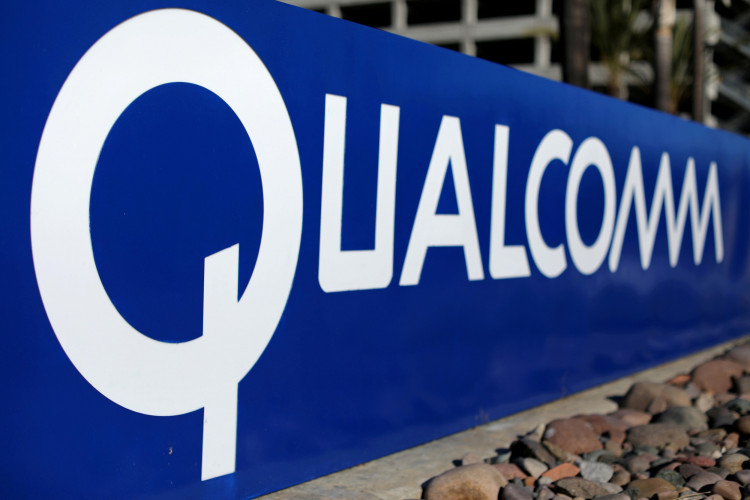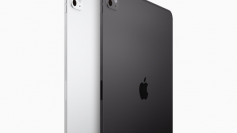Notable mobile chipmaker Qualcomm recently unveiled its newest addition to its growing family of system-on-chip (SOC), the Snapdragon 215. While not exactly a top-level piece of hardware, the Snapdragon 215 is aimed towards entry-level smartphones. It supports dual-camera configuration and has a slightly faster processor speed.
Qualcomm still used the 28nm process technology in manufacturing the new Snapdragon 215 chipset. It has four Cortex-A53 cores clocked at 1.3GHz, which the company claims is 50 percent faster compared to the A7 cores that were present in the Snapdragon 212. One of the most touted upgrades of the new chipset is its upgrade to 64-bit. This will give the chipset a much-needed compatibility boost to handle some of the newest versions of Android.
As for its graphics processing unit, the new Adreno 308 offers just a mere 28 percent boost in performance. This puts it on the same level as the GPU on the Snapdragon 425.
The new chipset now supports dual ISP functionality, a first for the 200-series. This gives the chipset much-needed improvements on camera support and capabilities. The Snapdragon 215 is now capable of handling a single 13-megapixel camera or two 8-megapixel cameras in a dual-camera configuration. By using a dual-camera configuration, a smartphone can have a tele camera, also called the depth sensor. These new improvements mean that the Snapdragon 215 is now capable of recording 1080p videos. That is a huge leap compared to that of the Snapdragon 212 which is only capable of recording 720p videos at 8-megapixel.
In terms of connectivity, the new chipset is now capable of handling Wi-Fi 5 and Bluetooth 4.2. It also has an NFC sensor, which means that phones equipped with the chipset can now use Android Pay and other cardless payment systems.
While the Snapdragon 215 has a number of great improvements. The chipset still falls short on a number of aspects. It still uses the same X5 LTE modem. Memory support remains unchanged with LPDDR3 RAM, eMMC 4.5 built-in storage, and UHS-I microSD support.
Qualcomm also falls short on its fast-charging technology as the chipset only supports Quick Charge 1.0, while a number of older chipsets already support Quick Charge 2.0. Based on Qualcomm's own tests using a reference device with a 3000mAh battery pack, the Snapdragon 215 supports up to 10 hours of video playback and up to 20 hours of voice calls.
In a nutshell, the Snapdragon 215 is essentially a trimmed down version of the Snapdragon 425. This will put the chipset well-within the entry-level smartphone market cost around $100 or less.



